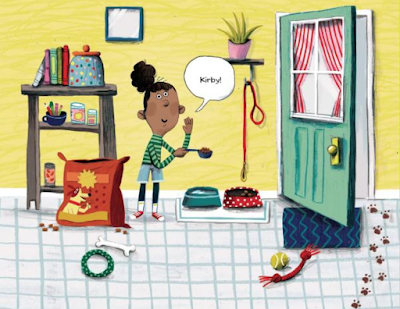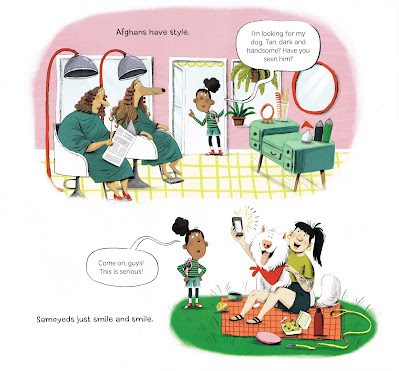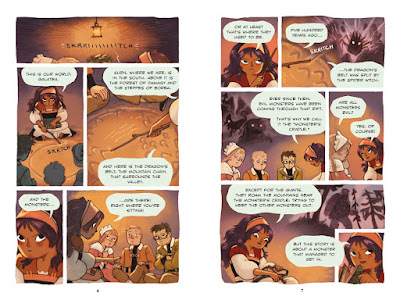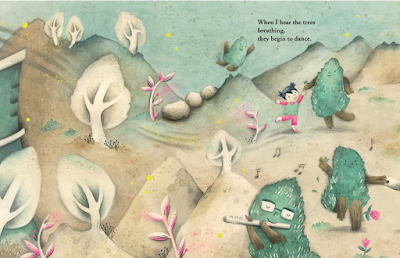Written by Susan Juby
Puffin Canada
978-0-735268722
224 pp.
Ages 10+
March 2022
Reviewed from audiobook
Rodney's dad used to be famous as the author of the best-selling poker book Get Lucky and the host-poker player of Get Lucky TV who took celebrities to high-stakes poker games. Now it's because of accusations by Missy Stephenson of inappropriate behaviour. Eleven-year-old Rodney believes his dad when he says it's all a misunderstanding but his father is still at a facility, apparently to help him deal with how it feels to have his actions, like hugs, misconstrued. Meanwhile, Rodney, his older sister Kate and their mom, now using Mom's maiden name, have moved from the opulence of their life in Las Vegas to the small home of cousin Maria in Stony Butte, Arizona, four hours away.
 |
From Me Three by Susan Juby
|
Rodney is desperate to connect with his best friend Larry, the son of
Get Lucky TV's producer Isbell, but all his texts, etc. have gone unanswered. So Rodney writes unsent letters to Larry to tell him about life in Stony Butte and about trying to fit in and make friends. But Rodney has a lot to learn about navigating a new school that is very different from his private school Circle Square. He tries to follow Dad's "10 Rules for Living a Lucky Life" but it doesn't always work. That's especially so when Kate, who is furious with her father and believes her brother is in denial about their father, is losing weight and obsessed with her food consumption. And their mother has to take a job at an insurance company and teach Pilates in her off-hours so they can afford anything extra. And he really misses his old friend and has to keep his old life under wraps though he looks forward to when things will be back to normal.
Then things start to look up. He makes friends with Ben who comes from a family of stunt people and who gives Rodney his first taste of danger. Rodney also begins to hang out with a few other kids including Rigmor and Fisherman and Dave. But when popular Van Johnson, a wild man YouTuber, performs a song about J. Crederman and the allegations made against him, and a classmate discovers an online photo of him with Rodney, the family is devastated with being exposed and with the negative attention.
My emotions felt tired out. Like someone smeared all the colors together and now I just felt muddy.
In a time of #MeToo and social media, Susan Juby has given young readers a new perspective, taking us into the head and heart of a child whose father has been accused of sexual harassment and perhaps worse. (Details are suggested but never revealed.) Rodney's dad is a jerk, caring more about his brand, his reputation and the impact on his finances, though he is learning to say all the "right" things, but he's squirreled away in a treatment facility while his family is forced to live in diminished circumstances and under a cloud of shame and acrimony. Rodney, Kate and their mom are the heroes of their own lives, getting on with things, regardless of the "power shamer" J. Crederman. They're learning to balance the past with their present circumstances, even if Kate has become "a Death Star of bad mood." Wisely, their mom tells them that...
The best thing you will ever learn is to deal with what is versus what you wish was.
Sexual harassment and abuse are heavy topics for a middle grade novel but even more so when allegations are made involving a parent. Still Susan Juby keeps her story balanced with humour and candour. The honesty is in the plot and the humour comes through her characters. Both Rodney and Kate are cheeky and have a dry, almost dark, humour. He groans at her fashion sense–"Kate dresses like she wants to hurt people's eyes"–and she can laugh at their situation, claiming that "What doesn't kill you makes a better Instagram poet." But I would expect nothing less from Susan Juby who has won the Stephen Leacock Medal for Humour. She makes us laugh while she makes us think and feel.
Though the full extent of the sexual abuse perpetrated by Rodney's father is unknown, it is the driving force behind the story of Rodney, Kate and their mother in Me Three. But by making Rodney the focus of the story and giving him the voice of a child who develops from one completely in support of his father to one who wants to know the truth and then hears his father's words as sound bites of rationalizations and mandatory apologies, Susan Juby gives us a different viewpoint. She lets us lace up a pair of Rodney's shoes and deal with the aftermath of his father's misconduct as he, Rodney, experiences it, with a loss of friendship, security and support in the shadow of shame and secrecy, and yet still able to come out with a solid support system of family and friends.






















